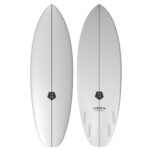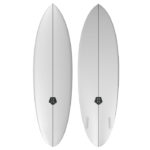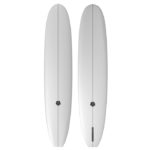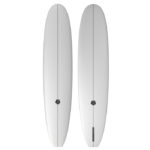We offer shipping
We offer shipping
We ship to Portugal and Europe
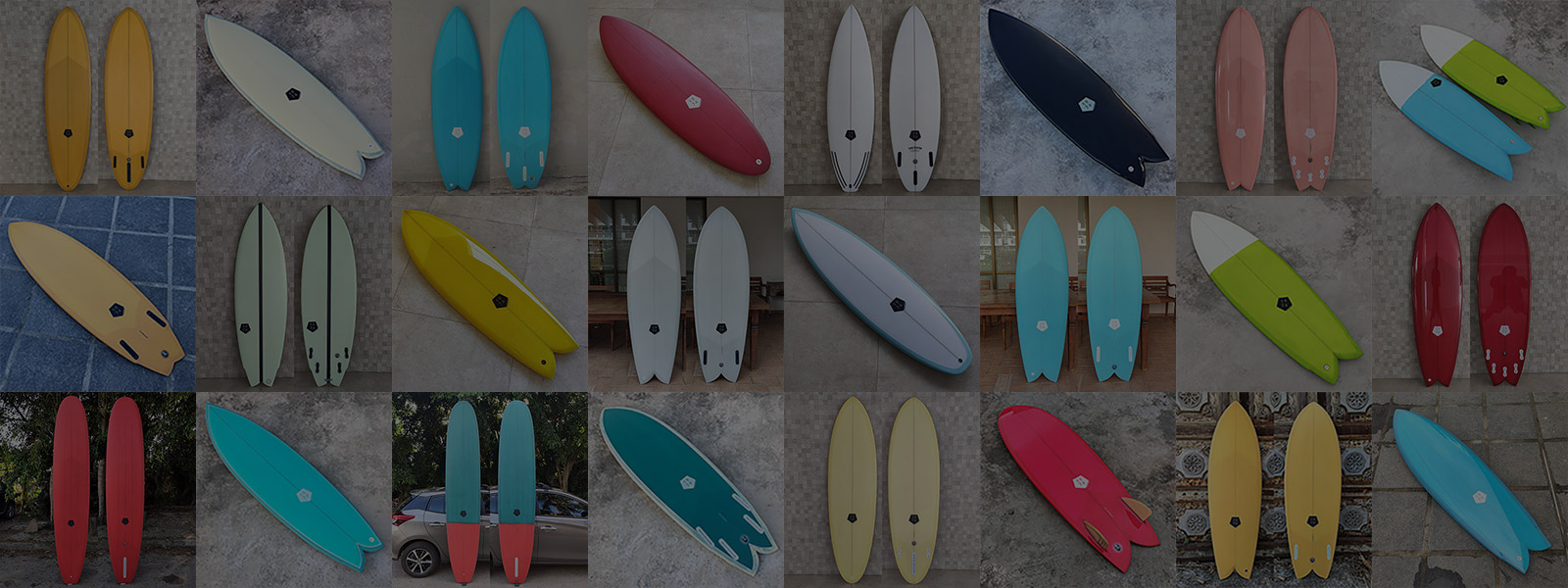
We offer delivery services to: San Diego – Encinitas – Oceanside – San Clemente – Newport Beach – Huntington Beach – Orange County – Santa Monica – Malibu – Ventura – Santa Barbara – Monterey – Santa Cruz – San Francisco
Our performance series shortboard models were developed to maintain the highest performance level in any condition.
Which are the best models for high performance in demanding surf?
The ideal boards for demanding surf have plenty of rocker (bottom contour) to be more responsive to the wave shape and enable more vertical maneuvers, while having narrow tails that assist in executing maneuvers and turns.
We recommend the models: The Slicer e Overall.
What are the models that offer good stability without compromising performance?
Surfers who are looking for an all-around, friendlier, and comfortable board that maintains performance should look for a wider outline with additional nose and width in the middle.
We recommend the models: Sweetspot e UFO.
Looking for that ideal summer board for weaker and fatter conditions?
We recommend our Modern Fish model. it’s a very versatile board that works well from 1 foot to 6 feet.
Another model we recommend is the Thumbs Up.
All our boards are available in polyurethane (PU) or epoxy (EPS), with the option of being set up as a thruster or quad, offering great versatility. Take a look at our range of models and feel free to reach out to us if you have any questions or doubts.
Having any doubts between polyurethane foam (polyester resin) or EPS foam (epoxy resin)?
Boards made from PU (polyester resin) are the most common choice globally, especially among professional surfers.
This is because they provide a more predictable and consistent feel under your feet. PU boards have a slower flex pattern due to their higher foam density, making them suitable for various wave conditions.
On the other hand, EPS foam is laminated with epoxy resin. EPS boards are lighter, more durable, and more resistant to foot pressure deformation.
However, their lighter weight has a drawback, as they may not be ideal for bigger, heavier surf, especially when the wave surface is bumpy. Due to the lack of weight, EPS foam has a harder time absorbing impact, which can result in the bumps being transferred to the surfer’s legs. PU boards, on the other hand, handle bumps on the wave surface more effectively.

